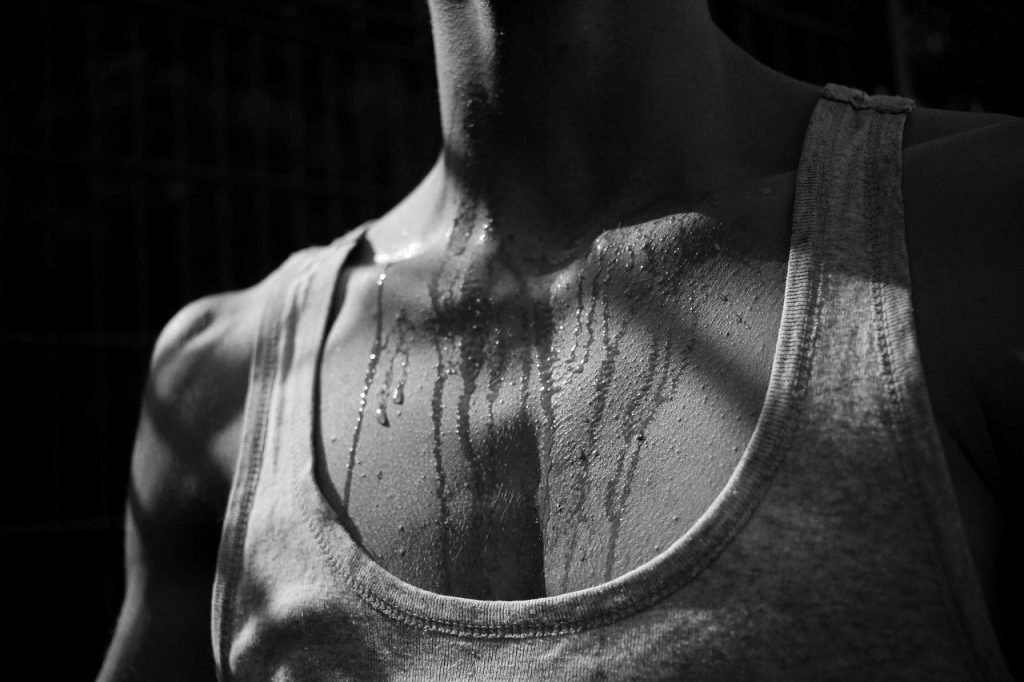With warmer weather on the horizon, many of us are weighing the same concern: Where exactly do you draw the line between normal and excessive sweating? And, is it safe to get sweat-halting Botox injections before a big occasion, like your wedding? As it turns out, excessive sweating, or hyperhidrosis, is more common than you think.

Unpacking hyperhidrosis
There are two types of hyperhidrosis: primary and secondary. Primary is the more common of the two. It’s a result of overactive signaling from the sweat glands to secrete sweat. In other words, your body starts sweating without any clear reason. Primary hyperhidrosis can occur at any time and during any point in the year. You don’t necessarily need to feel warm. You can even be asleep when it happens.
Most commonly, it’s seen in the underarms, palms, and soles of the feet, though it can happen pretty much anywhere on the body, including the face.
Secondary hyperhidrosis, by contrast, is excessive sweating that’s brought on by an external factor, like medication or a physical condition, such as diabetes or a thyroid issue. With both types, there are also different degrees of hyperhidrosis: mild, moderate, and severe. Sweating through your shirt without doing much of anything on a temperate day would usually be classified as moderate hyperhidrosis. Severe is something along the lines of pouring sweat from your hands and feet when you’re at rest without any triggers.
When to be concerned
Now that we have a clear idea of how excessive sweating is defined, let’s get back to our original question: When is it time to start worrying about your sweat levels?
There’s an aspect of hyperhidrosis I neglected to mention before: It’s a relative disorder. Basically, how you perceive your sweating is very personal. What might be excessive to you is normal to somebody else. So, hyperhidrosis is harder to define than it first appears.
Generally, though, if it’s something you’re thinking about and it’s caused you some level of embarrassment, it’s worth mentioning it to your doctor. There’s no such thing as an overreaction here.
Does Botox really help?
Botox—yes, the same injectable that could help fend off wrinkles between your brow—is the longest-lasting nonsurgical treatment for hyperhidrosis. It’s most effective in the underarm area, where it can work for up to 14 months.
Botox works by paralyzing the nerves responsible for activating your sweat glands, but only in the specific area where it’s injected. You’ll receive several injections with a fine needle that’ll form a sort of grid pattern around the area of concern. It’s a relatively simple procedure that can be done during an office visit. And you’ll be able to resume your day as soon as it’s done.
While sweating does help eliminate waste from the body, it’s safe to get Botox in your underarms (or elsewhere) before a big event, or even to continue the treatment indefinitely. It’s important, though, to consult a board-certified plastic surgeon who can rule out any underlying medical causes.